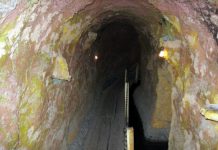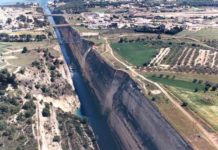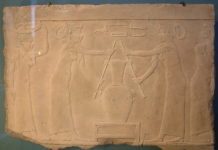Called Extra Vehicular Activity or EVA by NASA spacewalks were a second Russian victory in the “Space Race” with America.
The first “space walks” were in the year 1965. Yuri Gagarin had already orbited the Earth in his Vostok I spacecraft, and another Cosmonaut, Gherman Titov, had orbited the Earth for a full 24 hours in his his Vokstok II, both of these flights were in 1961. In 1962 America launched John Glenn into space, and he orbited the Earth twice in February of that year aboard Mercury VI. In March of that same year he returned to space for 5 hours aboard the Friendship VII. In 1963 the Mariner II was launched by the United States. It traveled to Venus, and became the first man made satellite to orbit another planet.
By early 1965, astronauts for Gemini IV were in training, and America was planning to have astronaut Ed White be the first to exit a spacecraft, and “walk” in space. Once again the Russian space program beat them to the punch, as they had with Sputnik, and in March of 1965 Aleksey Leonov became the first man to walk in space. It wasn’t really a walk, as one cannot walk without gravity, but that would become the popular term for it. The Russian planning didn’t include a hand-held gas propulsion device such as Ed White would use a few months later, but nonetheless Aleksey Leonov goes down in history as the first man to walk in space.
When Gemini IV launched on schedule in early June Ed White duplicated this feat with somewhat higher technology. His gasjet gun might have saved him had he become un-tethered while the Russian would have been lost in space with no way to return to his ship. In typical NASA fashion, his space walk was called Extra Vehicular Activity or EVA. The walk was scheduled to take place as they passed over Hawaii. On the first pass White had not yet completed his checklist of over 40 items that were deemed crucial to a successful walk, so it was delayed one orbit. As Gemini IV passed over Australia heading for a second pass over Hawaii White announced, “It’s go for EVA.” Shortly thereafter the capsule was depressurized, and both White and the pilot, James McDivvit, were protected from the vacuum and radiation of space by only their spacesuits.
Ed White maneuvered around with his hand-held gasjet, but its fuel was soon exhausted. Drifting at the end of his tether placed him dangerously close to the ship’s control thrusters, and he had to manually maneuver himself away from them. Nonetheless, he later reported a feeling of absolute elation from the experience. Ed White was scheduled to be on EVA for 12 minutes, but stayed outside much longer until ordered back inside the ship. He responded, “I’m okay.”, and clearly wanted the experience to continue. There was a little trouble with the hatch, but they finally got it secured, and completed their flight plan including a safe splashdown and recovery in the Atlantic Ocean. The mission was a complete success, and the pictures of White’s feat were all over the news, and remain a wonderful glimpse of men in space.








